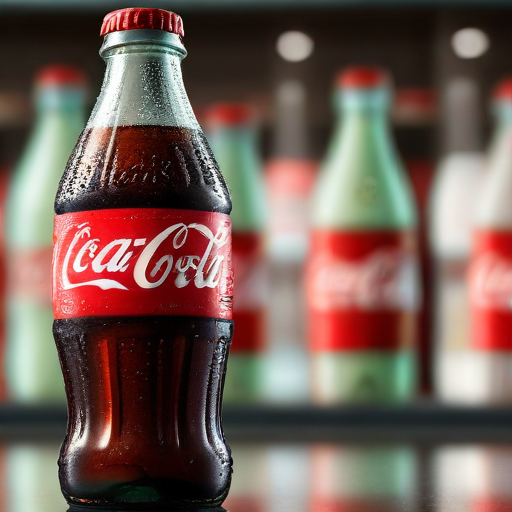In the United States, consumer preferences are shifting due to the popularity of weight loss medications and non-alcoholic alternatives, which have led many to reduce their soda consumption. Despite these trends, Coca-Cola has reported strong earnings for the second quarter, driven by robust global demand for its products, which has led the company to revise its full-year growth expectations upward.
Coca-Cola’s CEO, James Quincey, expressed optimism in a recent statement, highlighting the company’s ability to deliver solid revenue and operating income growth, even amid changing market conditions. However, the company did experience a 1% decline in volume sales in North America, primarily attributed to weaker sales in off-premise locations, affecting its range of beverages, including soda, water, and tea.
To mitigate these challenges, Coca-Cola has announced plans to collaborate with restaurant chains, such as McDonald’s, to integrate its beverages into combo meal offerings. This strategy aims to enhance soda sales by making it an appealing part of meal deals. Notably, while the volume in North America dipped, Coca-Cola’s traditional products like Coke and Fairlife milk performed well, securing first and second place in retail sales growth, respectively.
Overall, Coca-Cola exceeded market expectations with second-quarter revenue of $12.4 billion, surpassing forecasts of $11.76 billion. The company’s forecast for organic revenue growth has been increased from an initial estimate of 8-9% to a new range of 9-10%, showcasing a positive outlook amidst challenges in the market.
In comparison, Pepsi is also facing difficulties in the U.S. market as consumers trend toward healthier options, blaming a recent series of product recalls for its own subdued second quarter.
As consumer tastes continue to evolve, companies like Coca-Cola are adapting by innovating their product offerings and collaborating with food service chains, demonstrating resilience in a changing market landscape.
This shift in focus to healthier lifestyle choices underscores a broader societal trend. The beverage industry may need to re-evaluate its strategies to capture the attention of health-conscious consumers, ultimately leading to new opportunities for growth and innovation.
